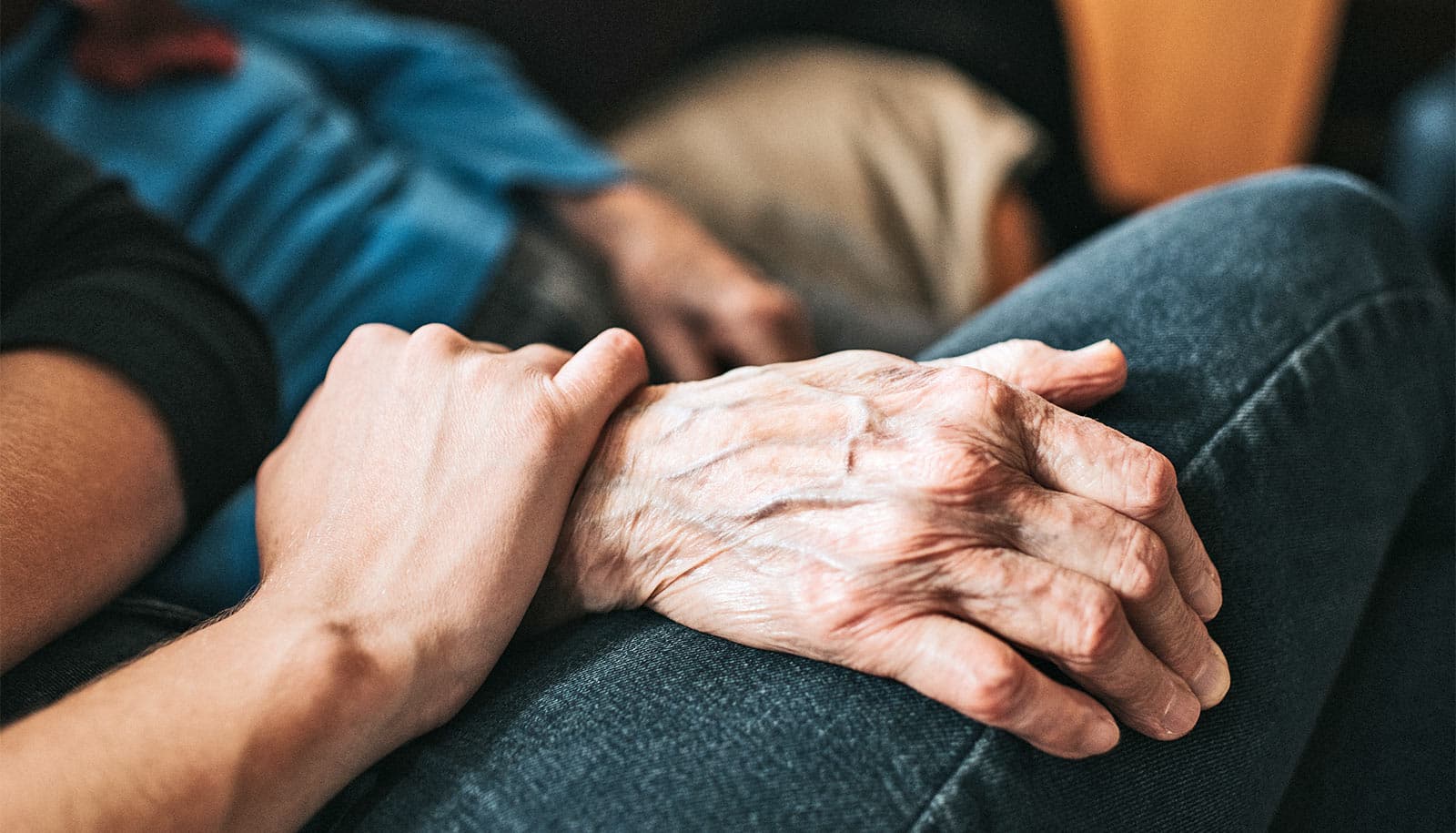We’re likely to perceive danger in harmless circumstances when memories of past negative experiences combine with stress, research shows.
The findings shed light on fear generalization, a core component of anxiety and stress-related disorders.
“The human mind uses cues to danger learned over time for self-defense, but certain circumstances can cause people to misidentify those cues,” says Joseph Dunsmoor, lead author of the study and assistant professor of psychiatry at Dell Medical School at the University of Texas at Austin. “Our research reveals that stress levels and the amount of time since an adverse event promote this type of overgeneralization.”
Post-traumatic stress disorder (PTSD)—which affects about 8 million adults every year—is one disorder characterized by the inability to discriminate threat from safety. Harmless stimuli such as a car backfiring trigger fear because they serve as reminders of trauma. By understanding how the mind identifies and responds to such triggers, scientists can develop better treatments for mental illnesses and disorders.
“These findings provide important laboratory data that helps explain why PTSD symptoms are often exacerbated during times of stress, and how repeated stress and trauma in the battlefield may lead to increased risk for PTSD,” says Suzannah Creech, an associate professor of psychiatry at Dell Medical School, who was not involved in the study, but has spent her career working with veterans recovering from trauma.
“The research may help improve PTSD treatment outcomes for veterans in part by helping us understand how we may be able to prevent it in the first place.”
Drinking to forget can make PTSD worse
In the study, the researchers tested the effects of stress and time on a person’s ability to correctly identify a cue associated with a negative outcome. Study participants heard two tones, with one followed by a shock, set by the participant at the level of “highly annoying but not painful.”
Then, researchers played tones in the range of the two frequencies and gauged participants’ expectations of shock by self-report and data on skin responses that indicate emotional arousal. When testing the range of tones, half of the participants were methodically primed to have higher cortisol levels through an arm ice bath, and half received a control arm bath with room temperature water.
Researchers performed the test on two groups. One group took the shock expectancy test immediately after the initial shock. The second group took the test 24 hours after the initial shock. Both groups underwent the stress/control priming activity just before the shock expectancy test.
When tested immediately after the initial shock, stress level did not significantly affect the participants’ fear of shock and accuracy in identifying the associated tone. However, when tested 24 hours later, stress level did heighten participants’ fear response and negatively affected their ability to identify the tone associated with shock. The group tested 24 hours later without raised cortisol levels only had slightly heightened fear responses and retained the ability to identify the associated tone.
Yes, you really could be scared to death
“The effects of stress and memory on how humans generalize fear is largely unexamined,” Dunsmoor says. “This study provides new data that will help us care for people with disordered patterns of fear and worry.”
The findings appear in the Proceedings of the National Academy of Sciences.
Dunsmoor conducted the research as a postdoctoral fellow at New York University. Ross Otto, assistant professor of psychology at McGill University, also worked on the study as a postdoc at NYU.
Source: University of Texas at Austin



